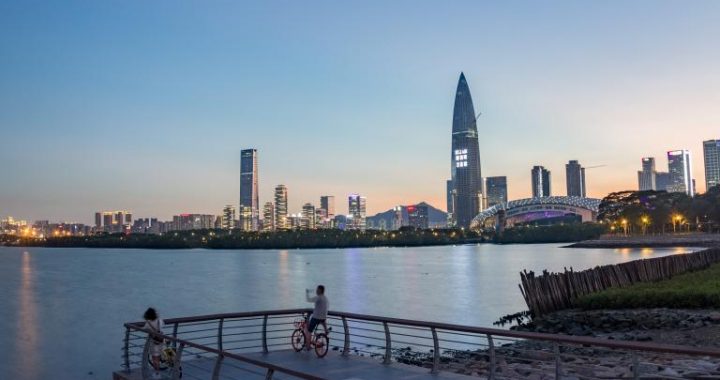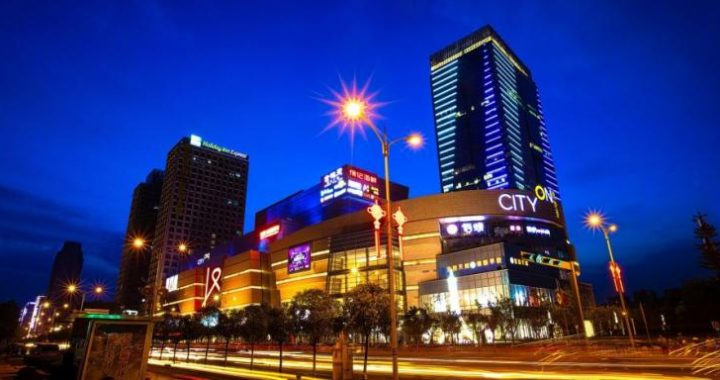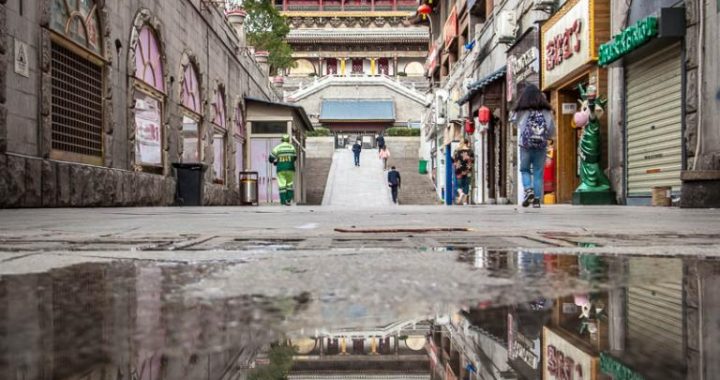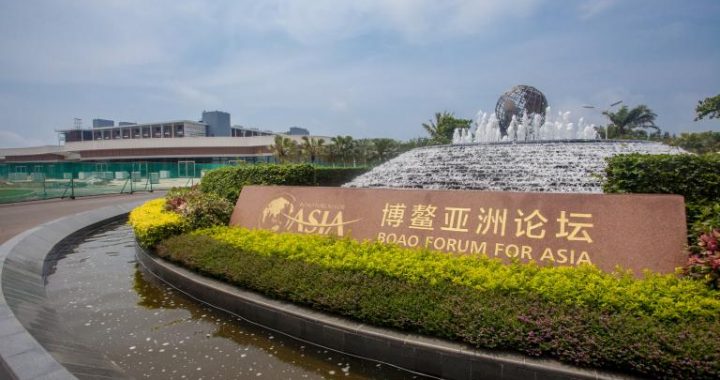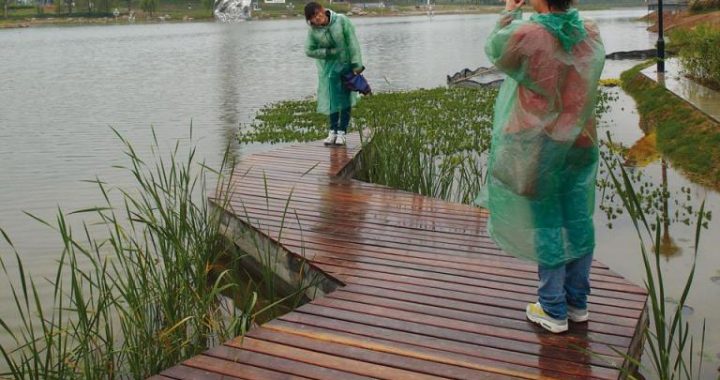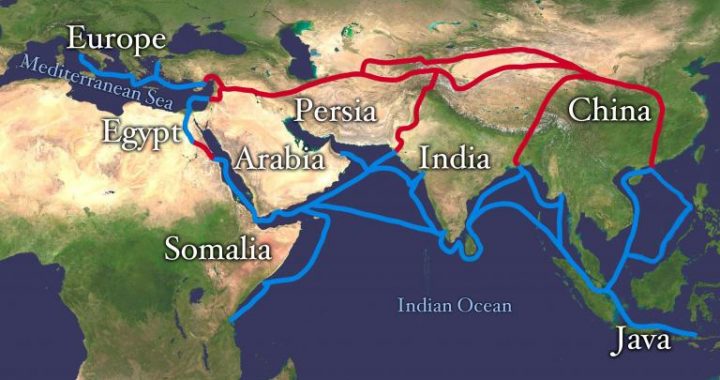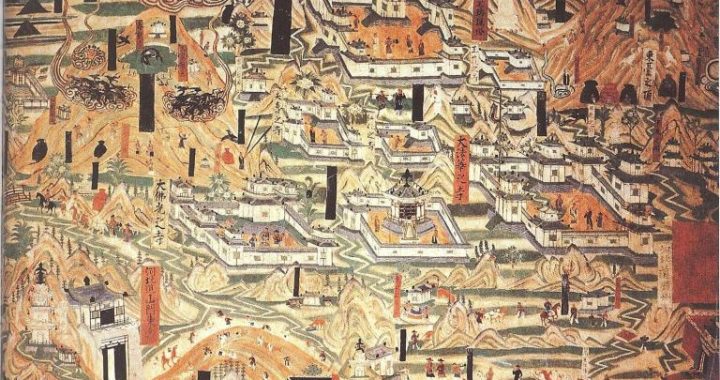Locals hang out at the drum Tower at night
2 min readInside the Great Mosque compound it is difficult to tell that the buildings are Islamic because it was built according to traditional Chinese architectural forms and many of the Islamic symbols are Sinicized. Unlike typical Chinese temples, which are built on a north-south axis, the mosque is built east-west with the prayer hall at the far west end in accordance to the Islamic regulation of facing Mecca for prayer. Although originally built during the Tang dynasty, it has been extensively renovated with many of the present buildings hailing from the Qing dynasty. The mosque and the surrounding buildings take up an area of some3.2 acres(13,000m2), though not all areas, such as the prayer hall,are accessible to non-Muslims The mosque grounds are quiet, giving it an aura of religious sanctity and there’s a large wooden gateway dating from the reign of the emperor of the Qing dynasty, Kangxi, who reigned from AD 1662 to 1723. The gateway features the calligraphy by Mi Fu, a famous Northern Song dynasty calligrapher and painter. The Introspection Minaret, though doesn’t look like an Arabic minaret, is where the cleric preaches to his congregation on an upraised platform.

The area surrounding the mosque is called Huifang and has a distinct Muslim atmosphere,with small tree lined lanes crowded with restaurants and shops that are alive with activity.

History south of the city walls, northwest of the Big Wild Goose Pagoda, is the Shaanxi lastory Museumshanxi lishi bowuguan陕西历史物馆) which opened in1991. It is argest compre useum in the province. The museum exhibits over 3,000 historical ehensive relics, a small fraction of their collection, ranging from 115, 000-year-ol prehistoric artifacts to items from the Opium Wars of the 1840’s.
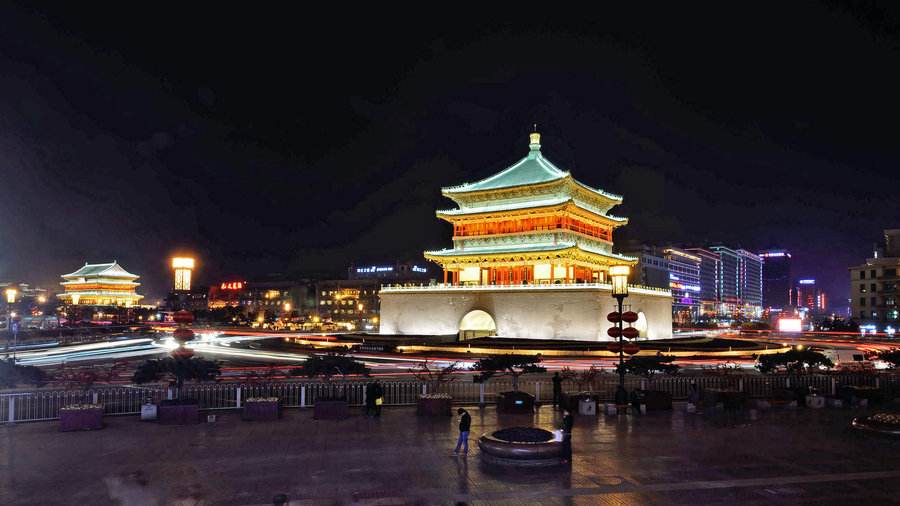
The museum, although built in a traditional Tang dynasty architectural style, is modern and well designed. The main att. tion of the museum is the magnificent collection of Tang dynasty artifacts. Of special significance are the bronze pieces and the Tang gold and silverware, the terracotta pieces and murals from Tang dynasty tombs.
